Making Sense of British Coin Prices
 stevereecy
Posts: 205 ✭✭✭
stevereecy
Posts: 205 ✭✭✭
I was a little baffled, but I might have figured it out. I'm interested in the pre-1920's British coins. I've been following the cost of Florins and Shillings fairly closely. The other day, I happened to look at the prices for sixpences and found they were more expensive than the Shillings...despite the fact that they are smaller. So I looked up the mintages of them, and figured out that they are definitely rarer, so perhaps they really should cost more.
That made me wonder about the next step down, so I looked up the fourpences ("groats"). While those seem much rarer than the sixpences across the board, they (groats) didn't seem to be as expensive as the sixpences. That's puzzling.
My thought is that the fourpences might be a little too small to captivate the collector's interest, but the sixpences are not. That seem right to you? I would have thought that even the sixpences were too small to generate heavy collector interest, but apparently not.
Anyone care to share their viewpoint on what moves the British coin prices?
My currency "Box of Ten" Thread: https://forums.collectors.com/discussion/1045579/my-likely-slow-to-develop-box-of-ten#latest
Comments
Fourpence were always an oddball silver denomination, not so much in common usage. Sixpence and shillings were the workhorse small silver coins of daily commerce.
You probably should focus on usage, not mintage. The larger issues of sixpence and shillings reflect the greater demand/usage.
Florins were also a fairly late addition to the British coin line-up. Some ivory-tower thinkers saw florins as a step towards decimalization (florins being one-tenth of a pound). Half-crowns were probably actually used more.
Focus on the surviving population in various states of preservation. Collect the reigning Monarch and denomination that you like. Popularity drives prices as well. The standing Britannia design on the Edward VII florins are attractive as are the Victorian gothic florins. Pricing British coins is just different than what is seen in the US market. While condition rarity is important in the UK, the valuations between grades seem on average more reasonable than comparable US coins.
Experience the World through Numismatics...it's more than you can imagine.
Thanks! These answers make perfect sense to me. So the less used coins are also less collected...similar to the 2 cent piece in U.S. coinage. While the 2 cent piece is a neat coin, it just wasn't used enough to be a popular target for collectors. I can wrap my brain around that.
I completely agree about the Edward and Gothic Florins. Both are beautiful coins that I intend to snap up whenever I find a bargain. The condition rare pricing aspect is interesting. I'll have to research that further. I have seen a lot of Victorian age coins graded MS64 that close to "top pop" coins too, which I find interesting. Makes me wonder if some of the rarified grades seen in the U.S. coin market are as prevalent in the British coin market.
My currency "Box of Ten" Thread: https://forums.collectors.com/discussion/1045579/my-likely-slow-to-develop-box-of-ten#latest
Fascinating series, to be sure. I love these coins, and only regret that top pieces in rarity and preservation are climbing - see the proof Victoria 1837 groat just sold last year. I think 8k USD.
Well, just Love coins, period.
I am a British collector in England. My main aim over recent years has been collecting the major shilling types of each king/queen (within reason - cost and availability). And also doing this for the half crowns and florins. It is slow going as I am aiming for high grades, and so its not feasible to do this any other way other than slowly due to cost. I too have been surprised at the high costs of the sixpences, and the high costs and smaller size has made them less attractive to me in terms of collecting. I have several coins in my collection I would like to upgrade with newer specimens but again....its money. I have no one I know actually in person who has any interest in coins. Sometimes I will pull my album out and show a friend or a relative, and say check out this half crown from 1677 (its the oldest coin in my collection), but I can see they just don't appreciate them, the history, the variety of designs, the hands they must have passed through, through the years. Anyway, I figured I would show you some of my better coins, as you have an interest in British silver!
On a side note, I find American coinage really interesting, and have set my sights on doing a 20th century type collection. My only problem is most of my coins are from eBay, and US coinage available in the UK is limited, so there is the cost of getting it posted to England. Also, I have no slabbed coins, and like all my coins to be in a big, single album. If I bought a slabbed american coin, would it be crazy to crack it out of the slab? I also have all of the US State Quarters - I know these were minted in absolutely massive quantities, but I like them as a way of learning about the states...I suppose I could go onto Wikipedia...but its not the same as having the coins.
Anyway, here are some of what I consider my best coins in collection so far.
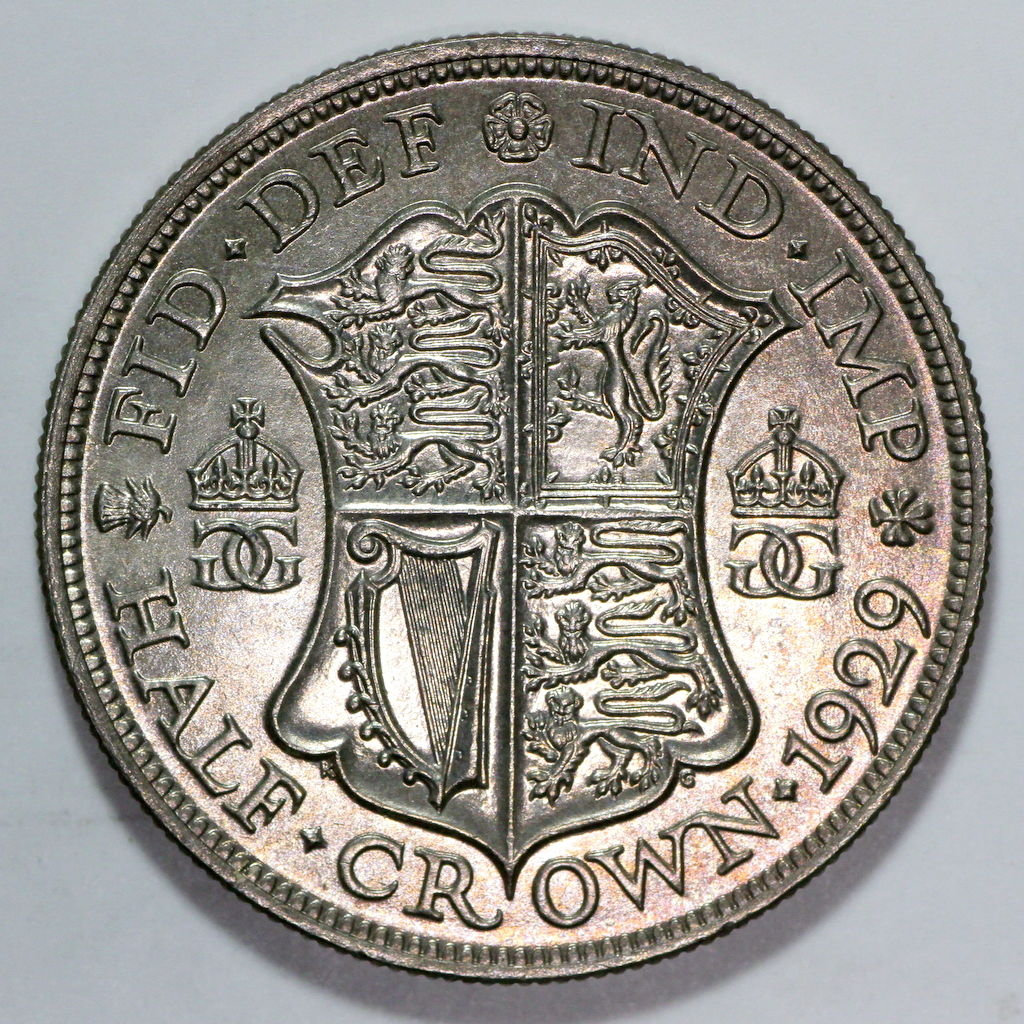
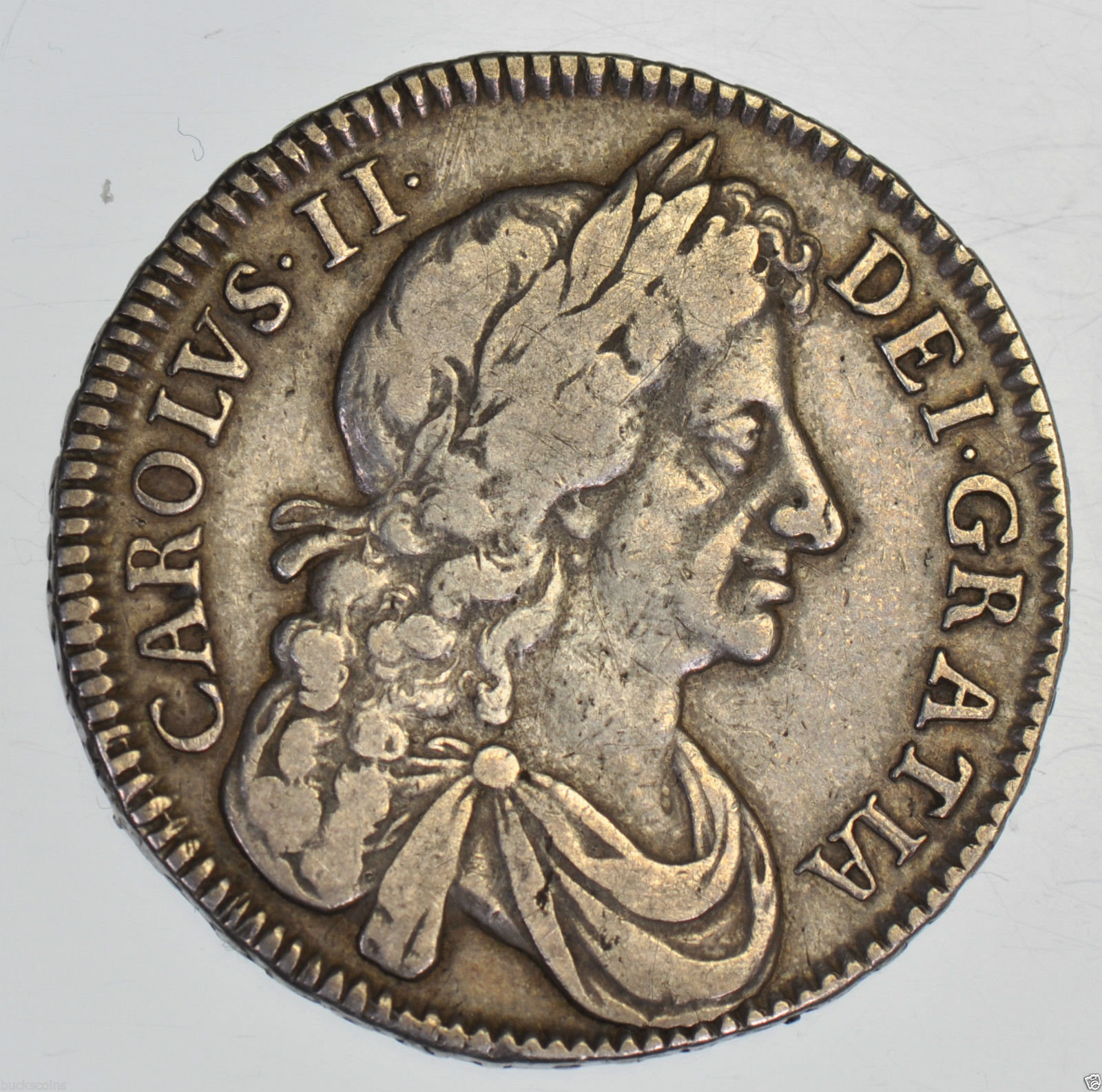
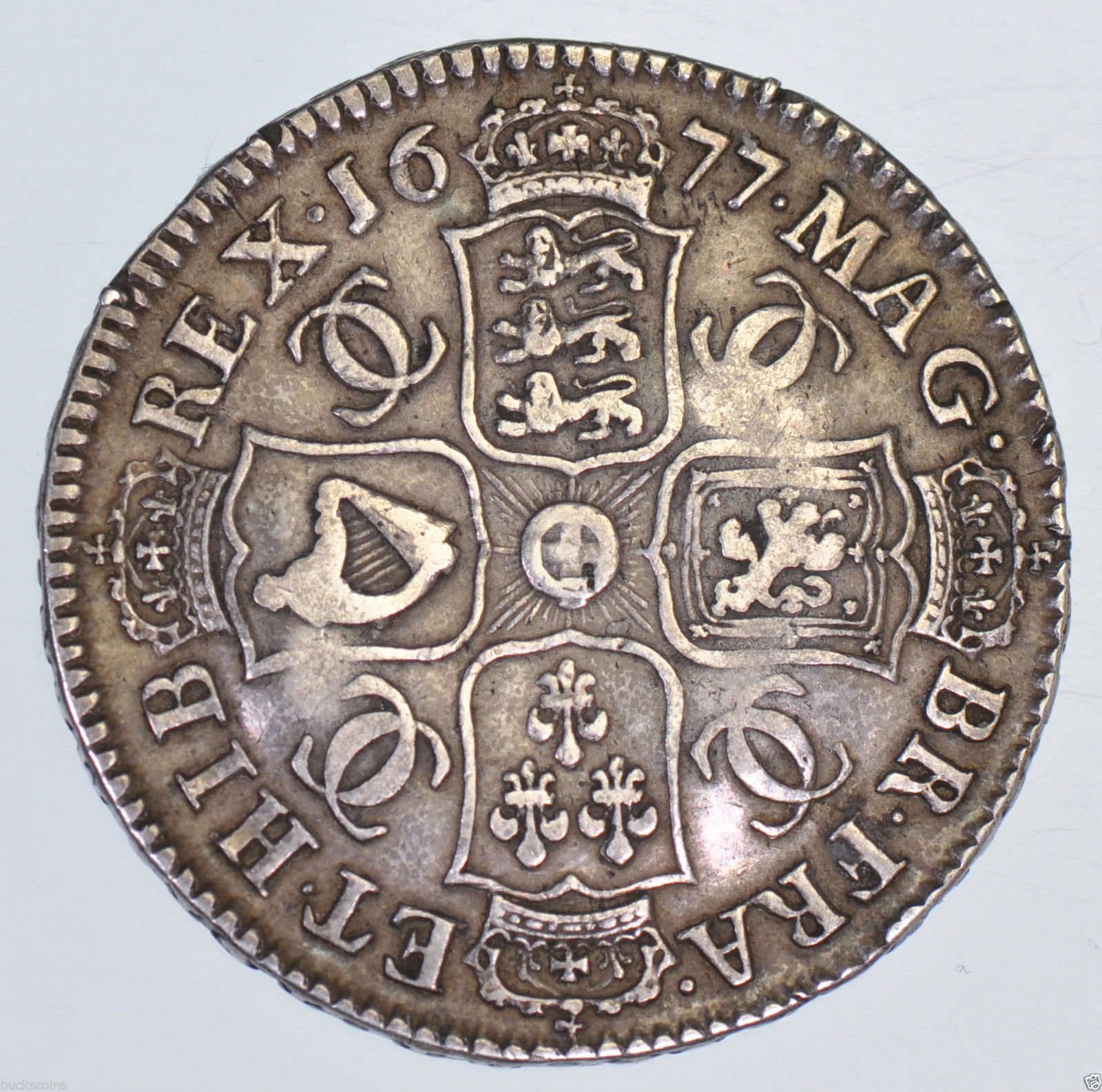
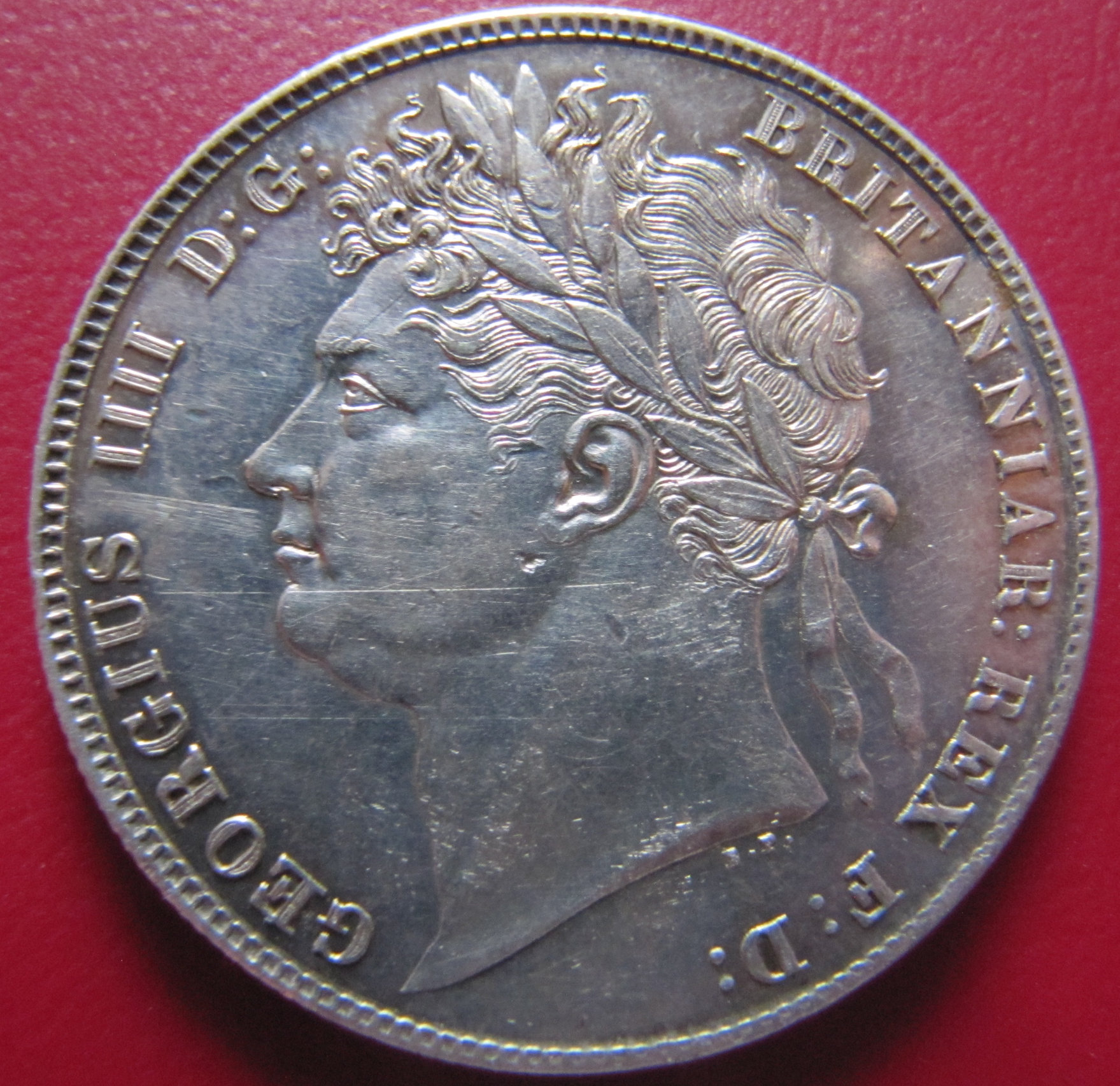
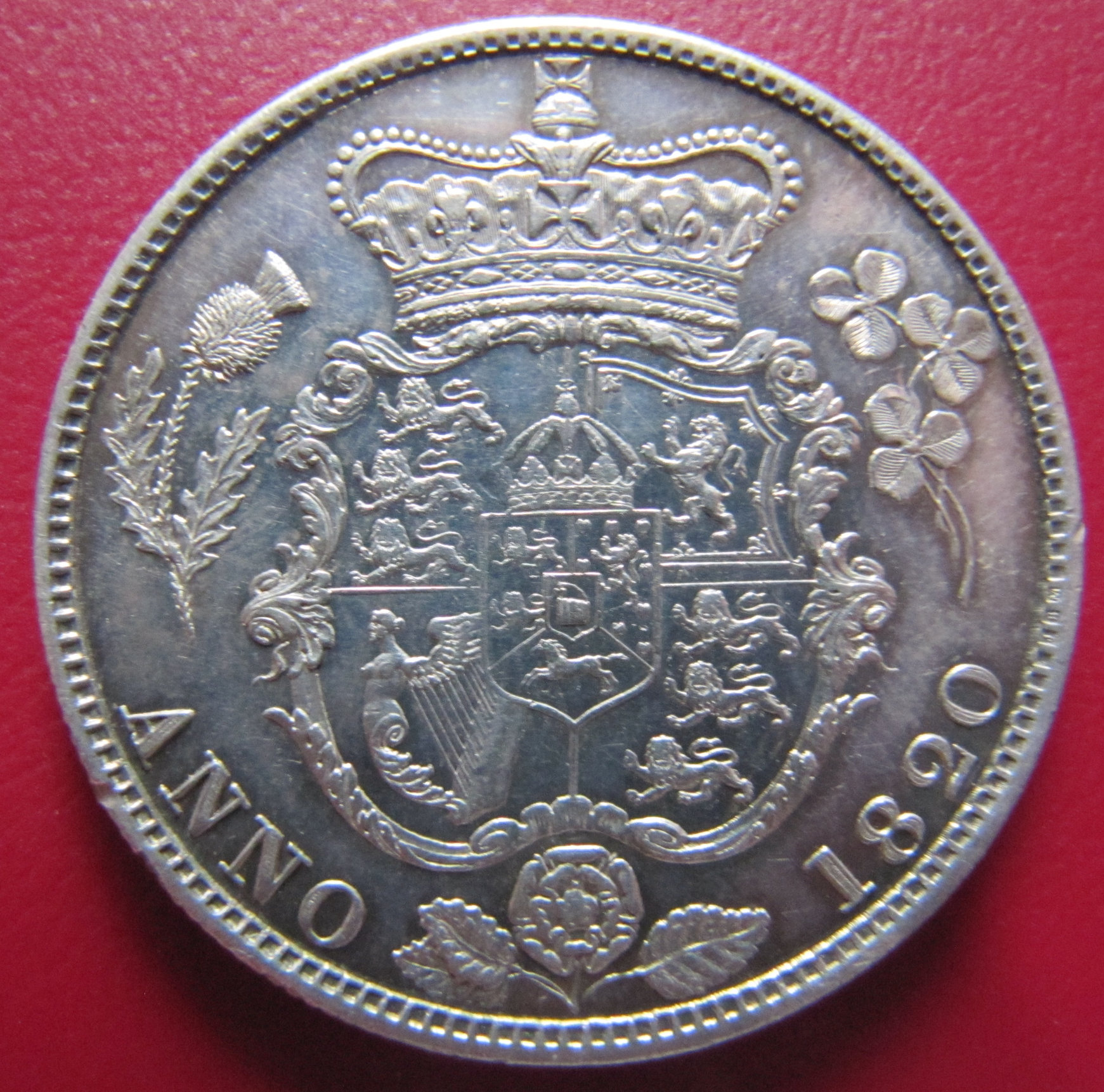
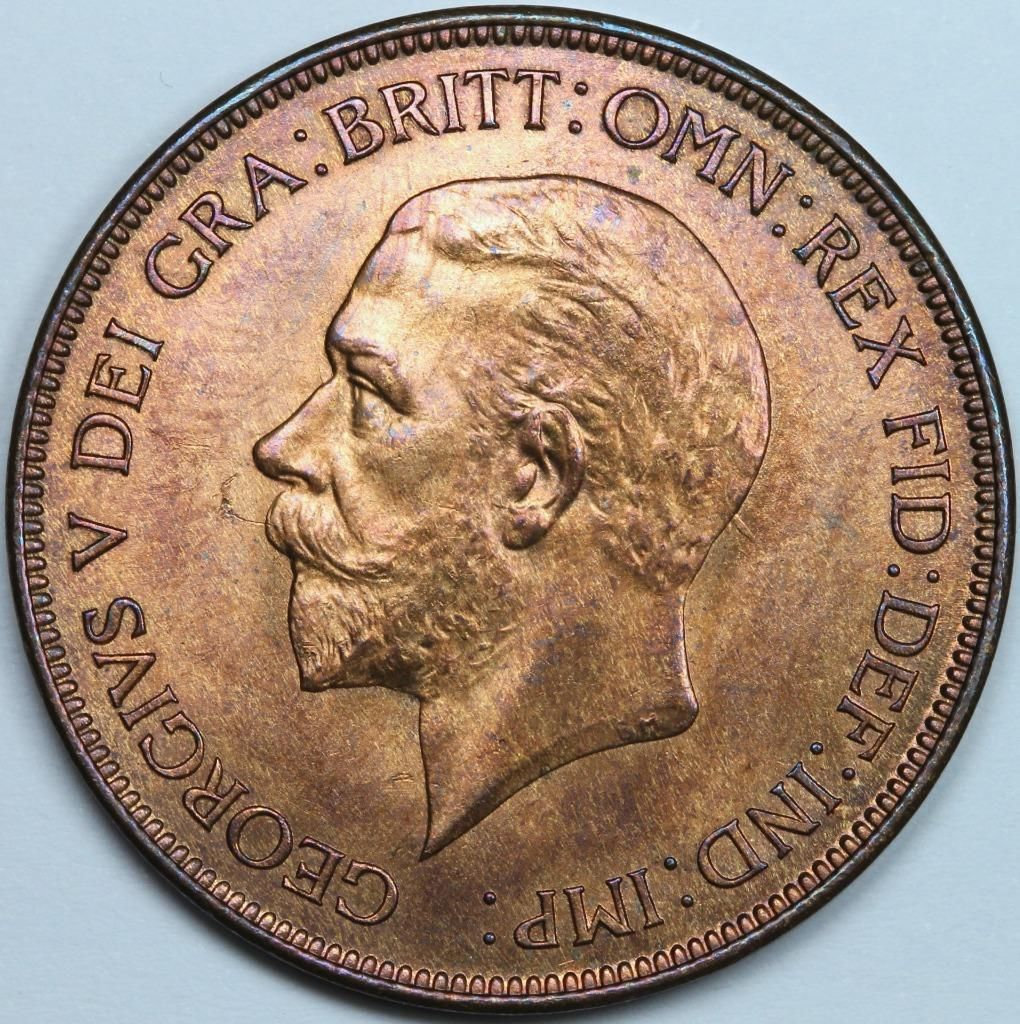
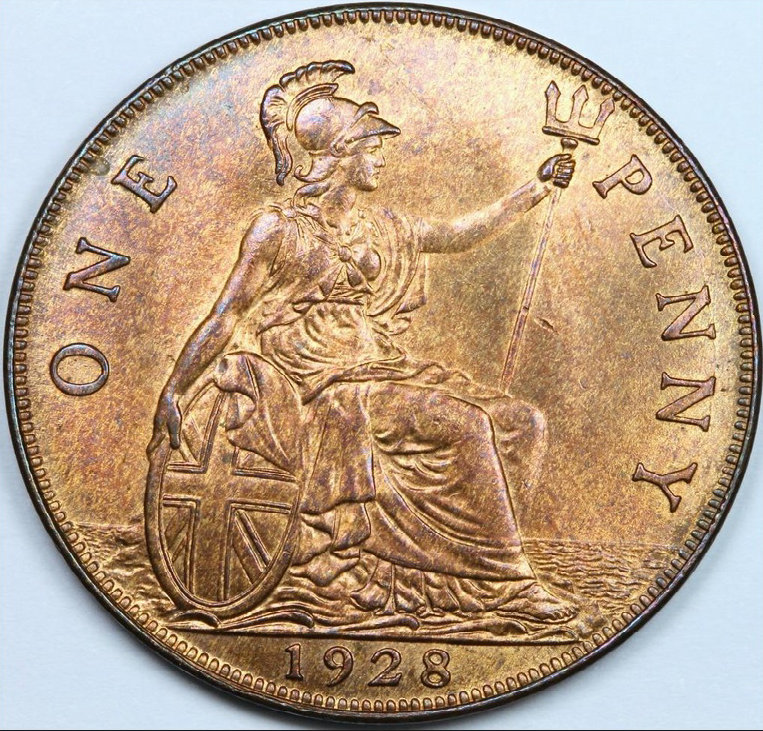
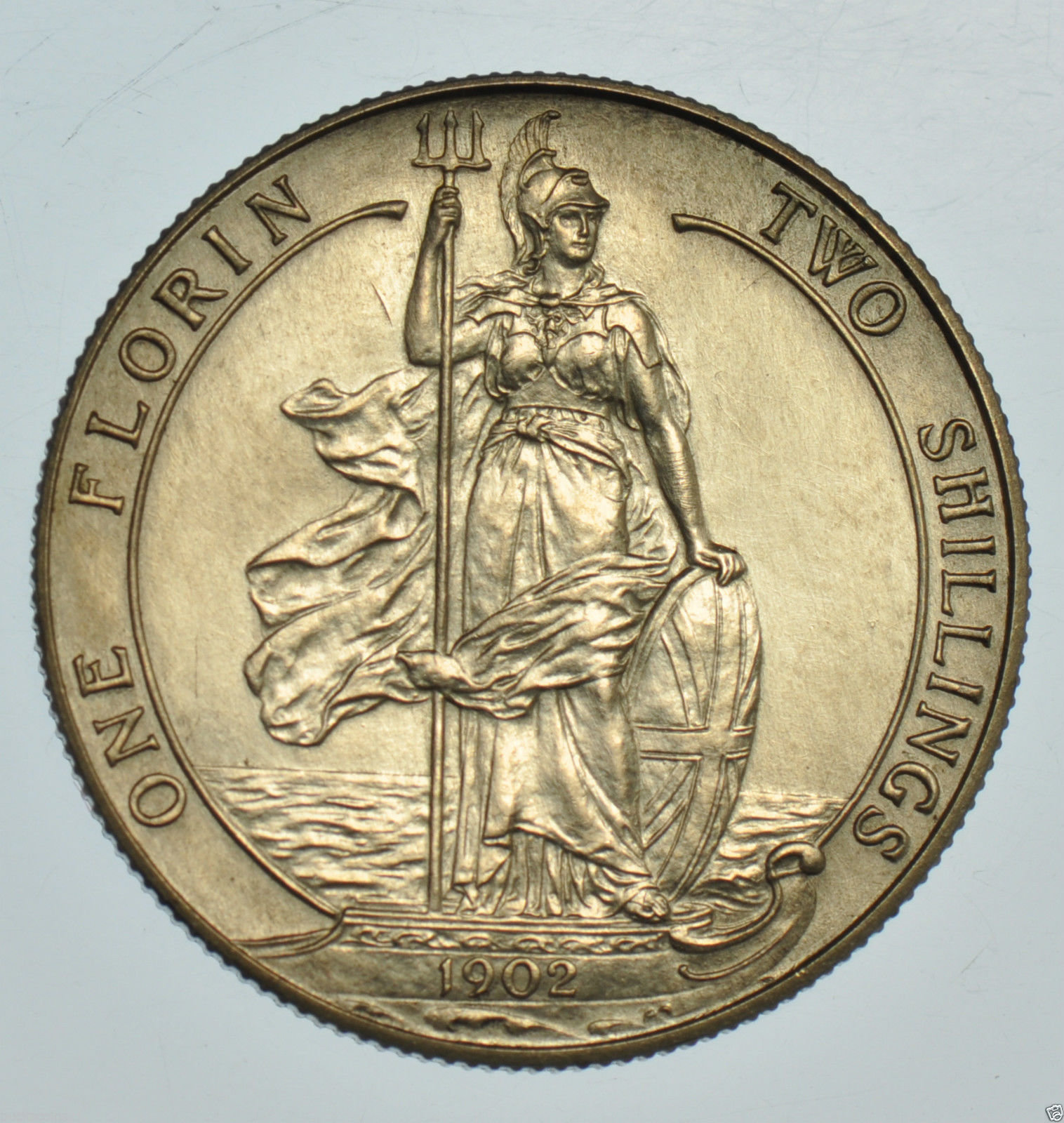

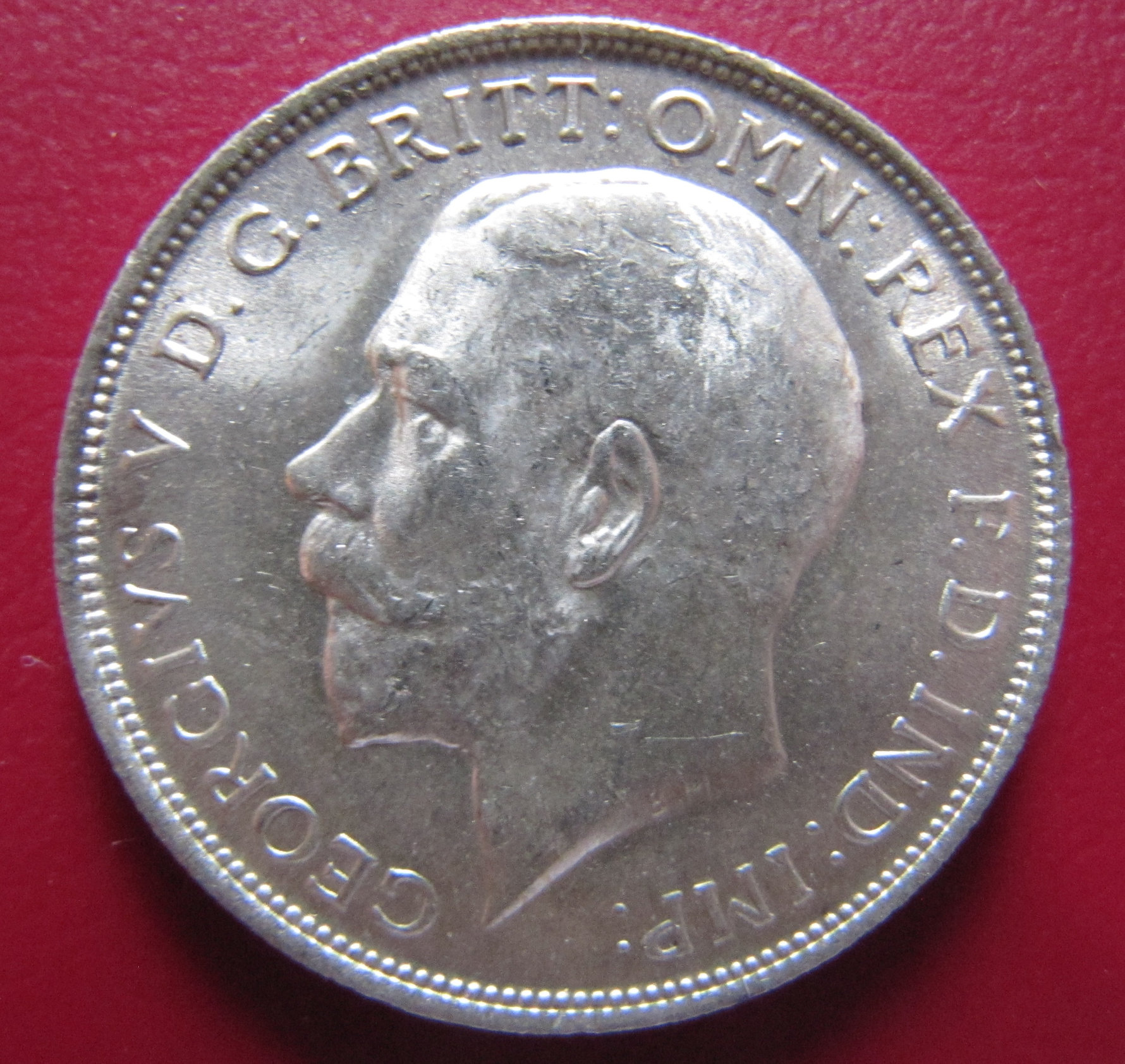

@ncc74656 I like your 1929, 1677 and 1893 Half crowns very much. Very nice examples. Being base silver, the 1929 might be the most difficult to acquire with that nice color!
When in England I have gone out of my way to see places connected with Charles II, and when in France I have gone out of my way to see places connected with his brother, James II. As you said, it's all about history and it's all about appreciating old coins as historical artifacts.
@ncc74656,
Nice coins, and welcome!
To your question about cracking a coin out of its US TPG slab, you need to understand that an NGC or PCGS slab offers two financial aspects: a store of value, and liquidity. Yes, there are many common scenarios where these two aspects do not seem much greater than what you get from a raw coin.
Some examples:
You buy a raw George III 1/2Cr graded “GEF” by a reputable British dealer. In the US market, we’d have no way of knowing if that coin is equivalent to a 62 or 64 where the price difference can be substantial. In that case, the slab adds value.
You buy a nice Charles II 1/2Cr graded “GVF” by the British, with a likely US grade of EF45. In that case, the slab adds liquidity to Americans but not really any additional price.
I have cracked out my coins from their slabs, but only if IMO the slab adds no benefit on price or in some cases negative value (this can happen if a coin looks solidly undergraded in its slab).
HTH,
EVP
How does one get a hater to stop hating?
I can be reached at evillageprowler@gmail.com
And let me share some pictures of coins:
How does one get a hater to stop hating?
I can be reached at evillageprowler@gmail.com
You can get easily lost when you start collecting British coins. The time frame is huge, the monarchs are endless and there’s no shortage of denominations either.
What I have generally seen by watching members here evolving and fine tuning their collections, is that the vast majority eventually turns to less purchases but of a higher quality.
When I first joined, the resident British milled expert was wybrit, who had a wide variety of coins from Britain of the past two centuries. He was going as back as VICTORIA though, that’s something that he had already cleared out.
Little by little, wybrit decided that it was maybe preferable to drop the higher denominations, from florin to crown and no gold and concentrate mainly on three pence , sixpences and shillings. (Groats were indeed odd in the British monetary system and unpopular). I think that he also dropped the bronze coins or part of them but I am not sure. He had however understood, as much as he must have felt remorse for giving up on a large group of coins that he knew well, that by concentrating on the range of 3D ,6d ,and shilling he could slowly build an incredible super grade DATE set of these three denominations, from VICTORIA to late George V I think, but Victorian minors were his first priority, most of which he bought at much lower prices than what they were worth thanks to his expertise and for locating and buying true little gems raw and for a fraction of their value when slabbed.
At some point, not that long ago, wybrit presented us with a truly superb date set of these three denominations, along with a few more coins to which he was partial, wether it were a beautifully toned Victorian florin or a fully red halfpenny, but the focus was on minor milled silver of the 19th and early 20th century.
He too despised slabbing at first, but he was clever enough to understand how he could profit from it. His collection was sold in one of the monthly Heritage auctions and it was truly a magnificent set, including several top pops, amazingly preserved little coins and without almost any marketing, the sale went well beyond his and I assume Heritage’s expectations. After all, full date sets of such caliber are very rare and the timing couldn’t have been better, since his average MS66-67 average quality per coin, had made a huge spike up from a value point of vue.
And this is just one example. I’ve picked wybrit, not only because he too was in British coins and maybe a little lost when he had first joined the forum and how to tackle coins that he couldn’t afford, but also because it is probably the first time that I see a collection, whose completion at the highest grade level ,was also a factor in the realized prices of his coins, probably an extra premium of 10-15% ,even though it was not sold as a set from one collector to another. And this is very rare.
Or, you choose MacCrimmon’s style, who instead of getting self trapped in date sets with impossible dates to get and a nostalgia and remorse whenever a certain denomination was presented, he chose to amass the absolute crème de la crème on some very important pieces, regardless if they were Victorian crowns or George III farthings. Their common denominator was the highest quality he could get his hands on, and his building and selling of his collection went equally well with wybrit’s.
I don’t know if I made any sense, but participating in this forum alone, will eventually have a serious effect on anybody, almost always for the better.
myEbay
DPOTD 3
Nice little summary there Dimitri, and I couldn't agree more. Not too many of us can compete with the Tyrant checkbook, but can still have wonderful collections. A bit of experience and planning always a good thing....
Well, just Love coins, period.
There are lots of high end British coins available at a fraction of the cost of their US equivalents. Checkout Atlas Numismatics for their British coins. I'm not promoting them, but just to give you an idea of what is on the market.
EVillageThank you very much for your thoughts on slabs. Incredible coins!
Thank you for your thoughts Dimitri.
Great coins in this thread!
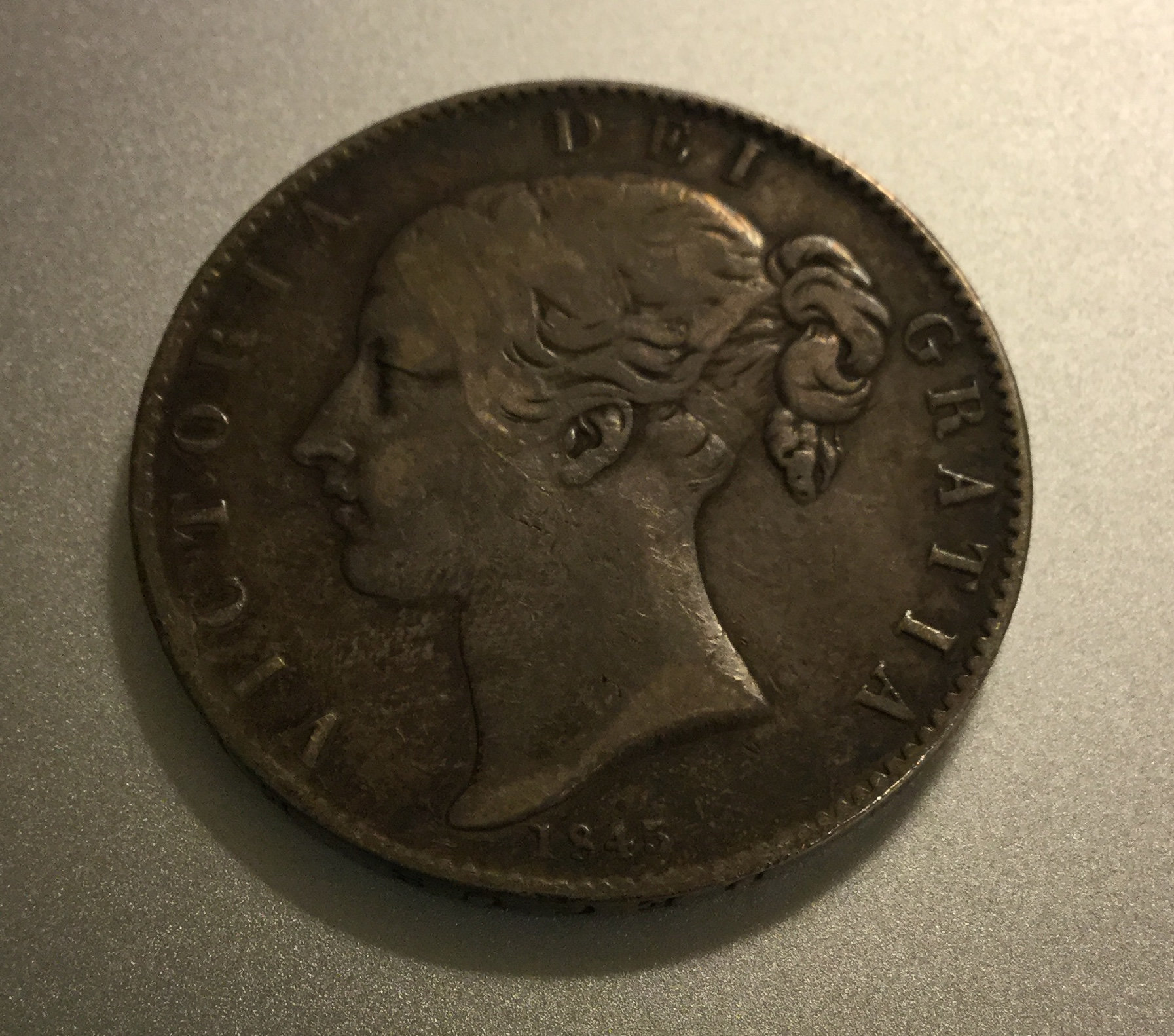
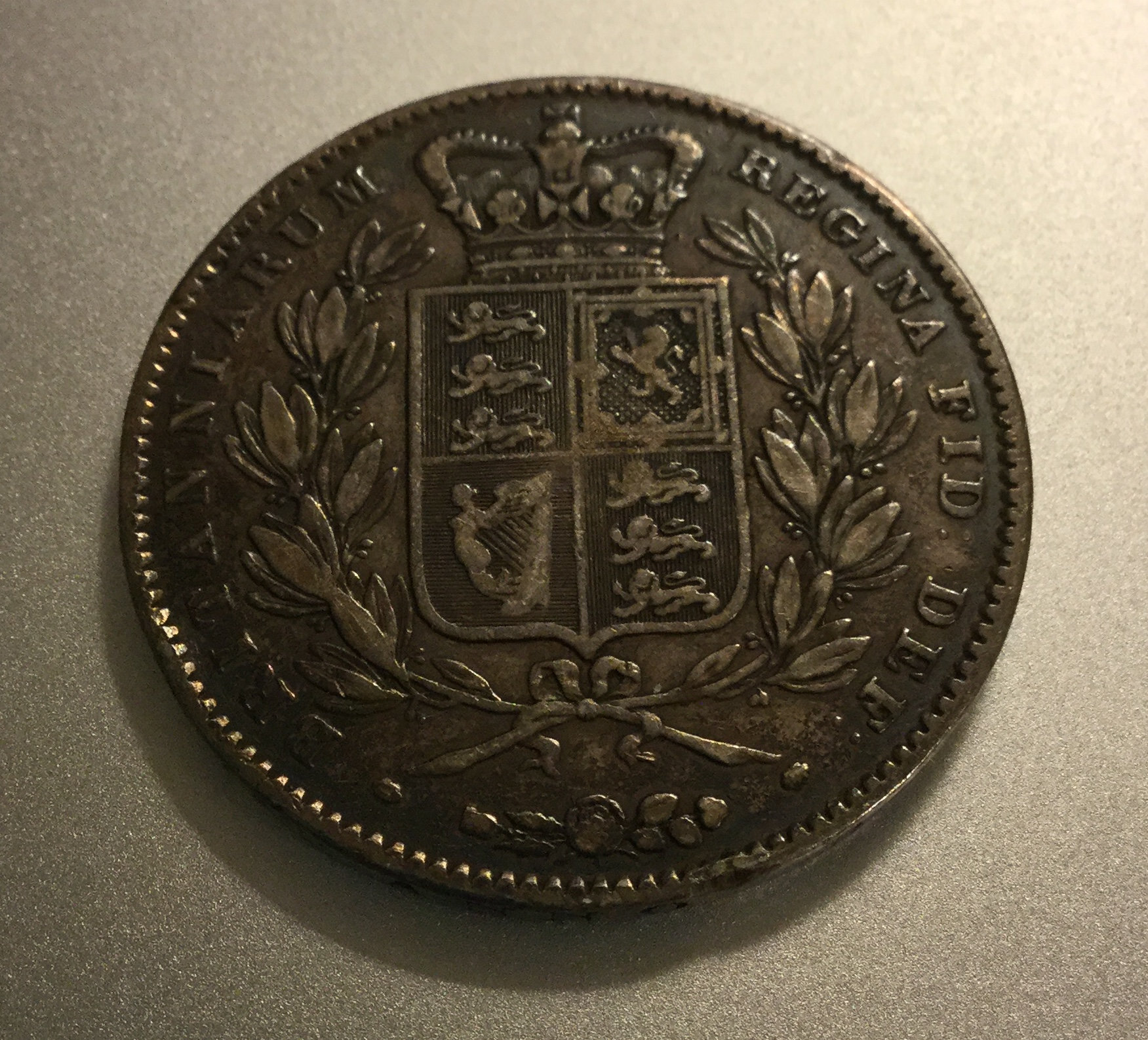
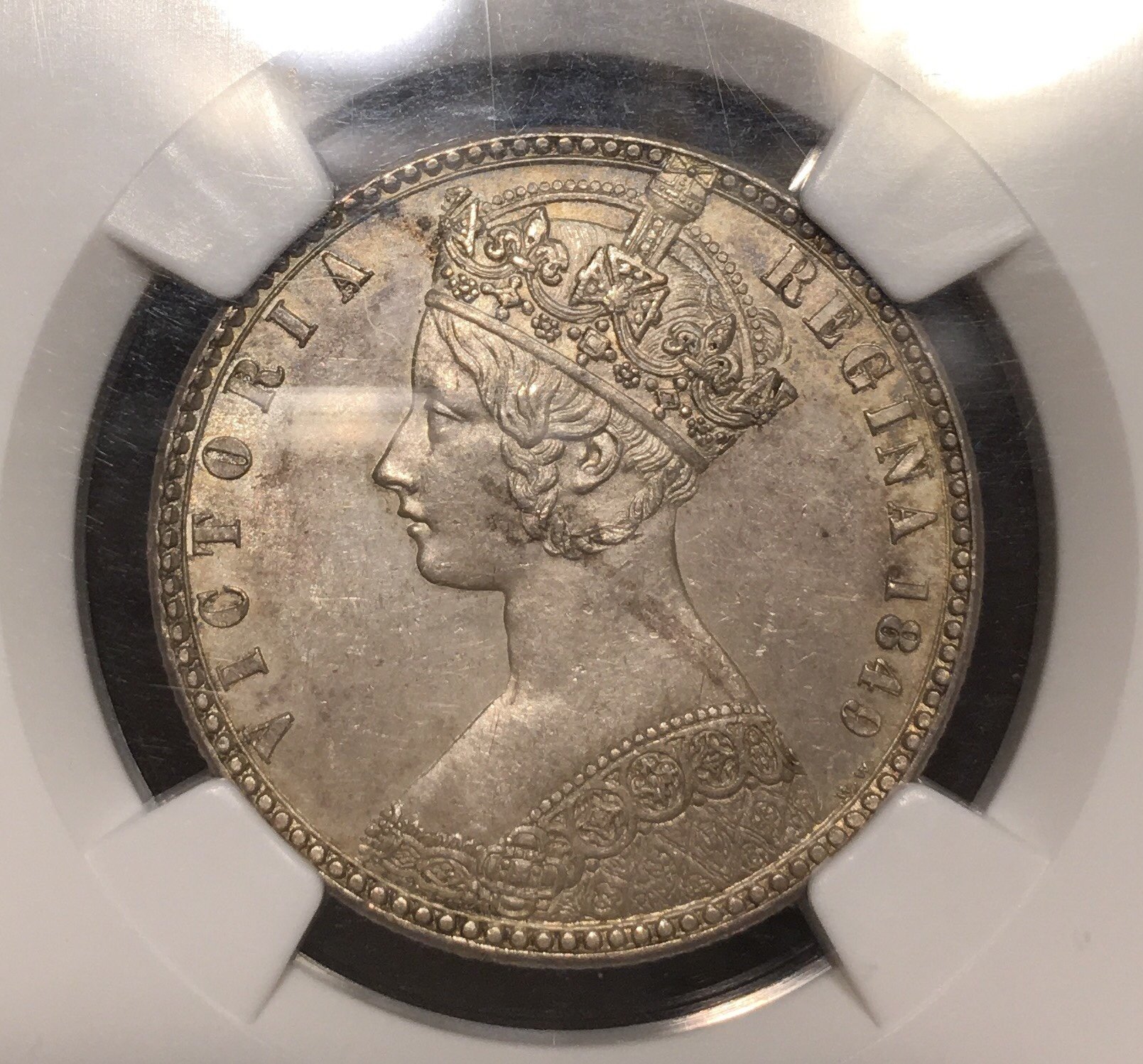
I buy British coins that cross my path if I like them. I’m more of a type collector I suppose.
This is a recent purchase:
And this is one of my all time favorites:
(Sorry, I don’t have a reverse picture on my phone for some reason)
My YouTube Channel
Great coins Asheland!
@ncc74656 Thank you.
My YouTube Channel
Nice coins, everyone. They sure bring back good memories.
I don't come here often anymore, but saw this thread and Syracusian's post and had to add on, and amend some of his comments slightly.
I did dislike slabs, and in many ways, I still do. However, I saw people coming into stores bringing nice pieces from their deceased relatives' collections, and getting chump change for them. Heck, I brought in a bunch of US coins my mother-in-law sent us, and this nameless store in MN offered me $500 for the trunk load - that was face value!! I flipped them the proverbial bird and sold them for much, much more on ebay, but it was a long, painful process. Upon experiencing these events and due to other factors I won't bore you with, I did slab my better pieces so that my wife or daughter could sell them for a proper collector price in case I kicked the bucket too soon. The registry was a nice diversion as well.
Why did I recently sell? Two reasons: (1) my daughter went to college, and you know what that entails (PS she just graduated). (2) my eyes have gotten worse and I can't see the %$&* dates on the 3ds and 6ds anymore without a magnifying glass, which took the fun out of it for me. The farthing and halfpenny dates I can still see, so I continue to collect them. I also like the relative rarities of halfpennies, especially the older ones, because they circulated so heavily and no one really cared about setting them aside so much.
Values? Rarity, condition and demand. Same-condition shillings are definitely more expensive than same-dated sixpences in most years, except where the sixpence date has greater rarity (1854 and 1862, for example). Every Jubilee Head, Veiled Head or Edward VII date shilling is worth more than its direct 6d counterpart except 1887. In George V pre-1920, only 1917 has a more valuable 6d because it is comparatively scarce and WWI shillings are quite common. So, I'm not really getting the OP's comment about that. Also, shillings are generally more popular with collectors, which helps keep prices up.
Nice posts everyone and those were some great looking coins EVP!
I give away money. I collect money.
I don’t love money . I do love the Lord God.